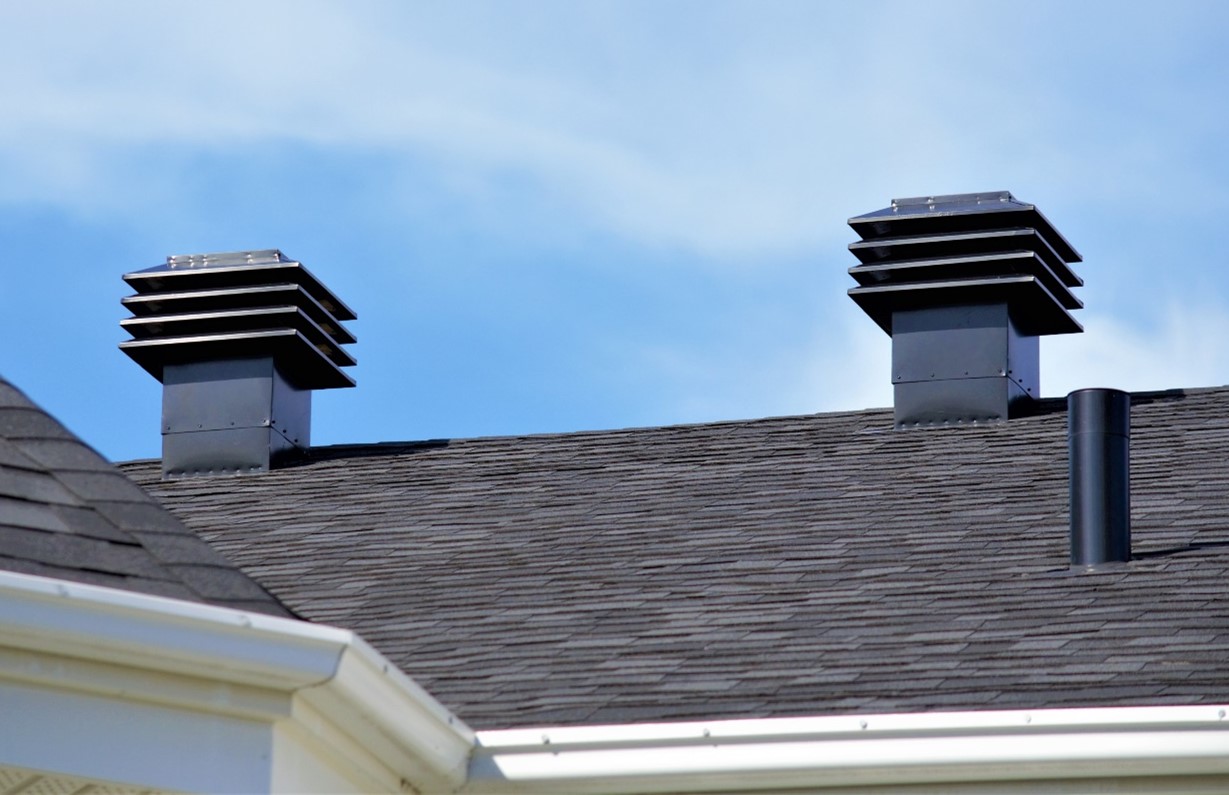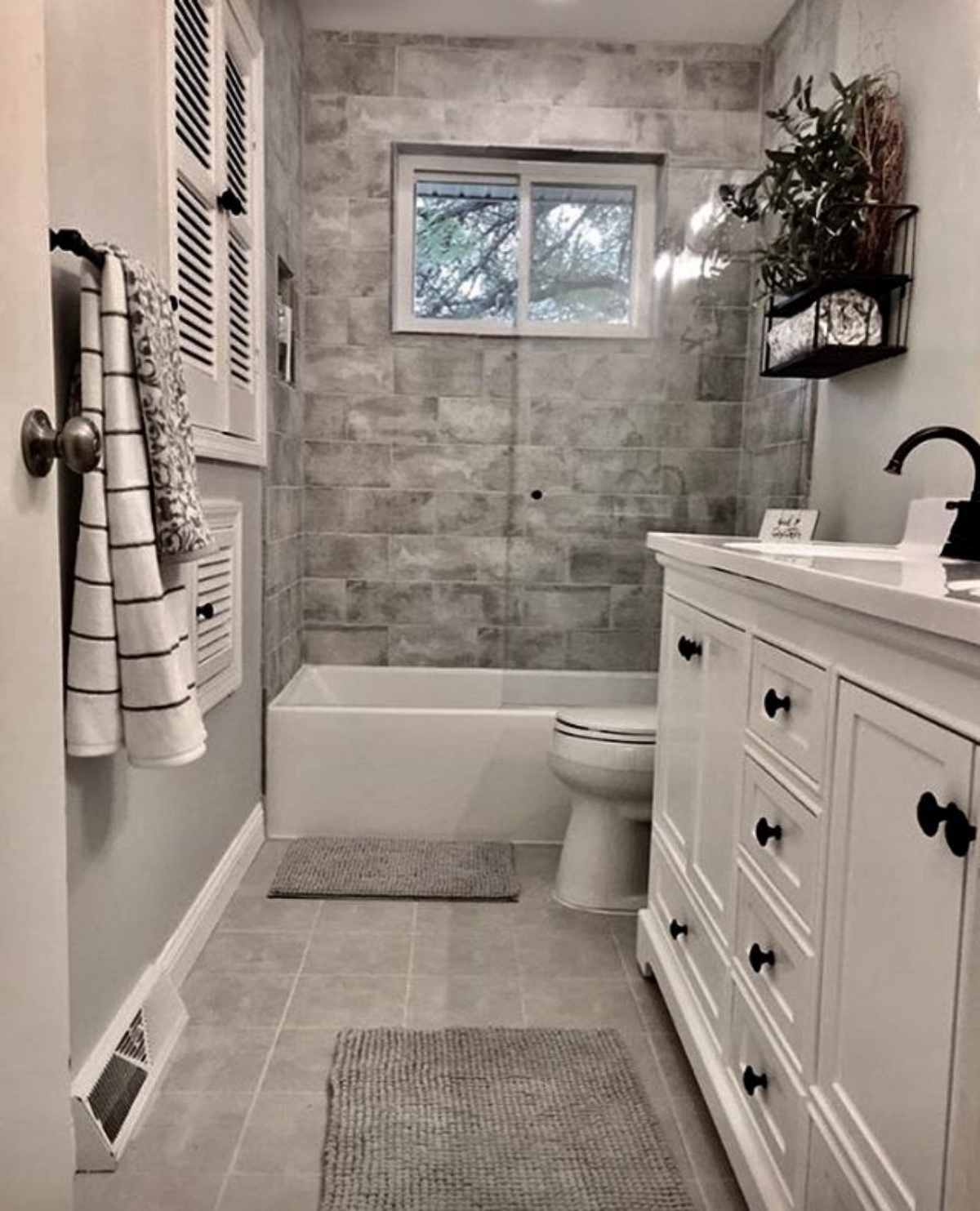Proper Ventilation in Plumbing Systems: Why It Is Essential
Proper Ventilation in Plumbing Systems: Why It Is Essential
Blog Article
We've come across this great article about What Is A Plumbing Vent & How Do They Work? down the page on the internet and figured it made sense to relate it with you here.

Correct ventilation in plumbing systems is frequently overlooked, yet it is important for preserving the functionality and safety of your home's pipes. Ventilation assists manage air pressure, avoid the accumulation of harmful gases, and make certain the efficient elimination of waste. In this overview, we will certainly check out the relevance of appropriate plumbing ventilation, just how it functions, and the benefits it offers your pipes system.
How Ventilation Functions in Pipes Solutions
Air Pressure Law
Appropriate air flow preserves well balanced air pressure within the pipes system. When water streams through pipelines, it displaces air. Without adequate air flow, this displacement can produce negative pressure, resulting in slow down drains pipes or siphoning of water from traps, which can create undesirable smells to leak right into the home.
Stopping Drain Gas Build-up
One of the most critical functions of plumbing vents is to avoid sewer gases, such as methane and hydrogen sulfide, from building up within the home. These gases can present severe wellness dangers and are highly combustible. Vent pipelines enable these gases to escape securely outdoors.
Helping in Waste Removal
Air flow helps in the efficient removal of wastewater by protecting against airlocks in the drainage system. When air can move easily via the vents, it permits water and waste to move efficiently through the pipes, minimizing the danger of clogs and backups.
Benefits of Correct Ventilation
Enhanced System Effectiveness
Effectively aerated pipes systems run extra successfully, with fewer blockages, faster draining, and much less pressure on the pipes. This performance prolongs the lifespan of the pipes system.
Improved Air Quality
By stopping sewage system gases from entering your home, proper ventilation contributes to much better interior air top quality, making your living setting healthier and extra comfy.
Preventing Water Damages
Ample air flow aids protect against water from being siphoned out of catches, which can bring about sewage system gases getting in the home and creating water damages in time.
Steps to Ensure Correct Air Flow
Consulting Pipes Codes
Constantly speak with regional pipes codes when developing or customizing your plumbing system. These codes give the essential guidelines for appropriate venting and ensure your system meets security standards.
Regular Examination and Upkeep
Regular evaluations can help determine possible ventilation problems prior to they become major troubles. Upkeep tasks, such as cleaning vent pipelines and looking for clogs, are vital for maintaining the system in good working order.
Specialist Installment
For brand-new installations or major adjustments, it's important to work with a specialist plumbing. They have the experience to make certain the air flow system is appropriately created and set up according to code.
Comprehending Ventilation in Plumbing
Ventilation in pipes refers to the network of pipelines that enable air to move with the water drainage system. These vents serve several purposes, including regulating atmospheric pressure within the pipelines, preventing drain gases from entering the home, and assisting in the smooth circulation of wastewater.
Kinds Of Plumbing Vents
Key Stack Vent
The primary stack vent, also called the vent stack, is the primary air vent in a pipes system. It prolongs from the major drainpipe align through the roofing system, allowing gases to run away and fresh air to enter the system.
Branch Vent
Branch vents connect to the main pile vent and serve individual components, such as sinks, bathrooms, and showers. These vents ensure that each component has ample air flow to work effectively.
Air Admission Valve (AAV).
An Air Admittance Shutoff (AAV) is a one-way shutoff that allows air to enter the pipes system without the demand for a typical vent pipeline expanding via the roof. AAVs are generally made use of in renovations or areas where mounting a common vent is impractical.
Indications of Poor Ventilation in Plumbing.
Slow Draining Fixtures.
If your sinks, tubs, or commodes are draining slowly, maybe a sign of inadequate air flow. Poor air flow can develop a vacuum cleaner impact, making it challenging for water to drain appropriately.
Gurgling Appears.
Gurgling sounds coming from drains pipes are usually an outcome of air being drawn via water traps because of unfavorable pressure in the pipes. This is a clear indicator of not enough air flow.
Unpleasant Smells.
Sewer odors inside your home are a warning that your pipes system is not appropriately ventilated. This might indicate that drain gases are not being sufficiently aired vent outside, bring about potentially dangerous problems.
Common Air Flow Blunders.
Inadequate Vent Sizing.
Utilizing undersized air vent pipelines can result in bad air flow and stress discrepancies in the system. It's necessary to utilize vents that satisfy the particular requirements of your plumbing system.
Improper Vent Placement.
Placing vents too much from the fixtures they offer can decrease their performance. Correct placement makes sure that air can stream freely and effectively through the system.
Ignoring Code Needs.
Building codes offer certain guidelines for pipes ventilation. Ignoring these codes can lead to a system that falls short to work appropriately and might cause pricey repair services or carcinogen.
Final thought.
Proper ventilation is an essential part of any plumbing system, making certain that it operates efficiently and securely. By understanding the importance of ventilation, recognizing the signs of poor ventilation, and taking steps to keep your system, you can stop costly issues and protect your home's air top quality.
What is a Plumbing Vent and it's used for?All plumbing systems in residential and commercials construction have a plumbing vent. It doesn’t just vent unwanted odors from the drainage system to the outside; it actually serves an important purpose by supplying air to the system.
The plumbing drainage system is actually called a drainage, waste and vent (DWV) system. When water flows down the piping, an air supply (vent) is needed to allow the water to flow. Think of the vertical pipe as a drinking straw. If you plug the top end of a straw, liquid won’t drain from it.
The DWV system in your building consists of a series of pipes connected to each fixture; they extend above each fixture, and the system terminates at an open pipe that extends through the roof. This piping allows air into the system and prevents unbalanced pressures in the piping.
?The vent also prevents the system from drawing water out of a trap at the fixture with the characteristic “glug-glug-glug” as the drain gasps for air. Plumbing traps should drain smoothly and never “glug” or gasp for air.
If you have a drain that empties slowly or gurgles as it drains, this may indicate a venting problem. If you flush a toilet and the sink gurgles, there’s definitely a vent problem. It is good idea to have a Plumber check this.
https://www.ameliashomeinspection.com/blog/what-is-a-plumbing-vent-and-its-used-for

Do you really like reading up on ? Make a comment directly below. We would be delighted to listen to your views about this piece. Hoping that you come back again soon. You should set aside a second to share this blog post if you enjoyed it. Thank you for your time. Revisit us soon.
Free Estimate Report this page